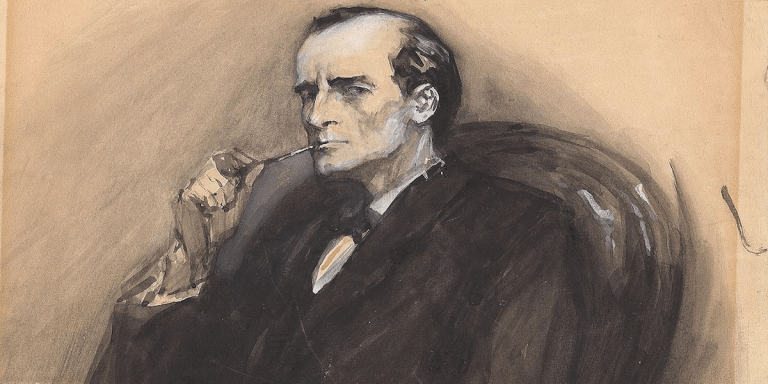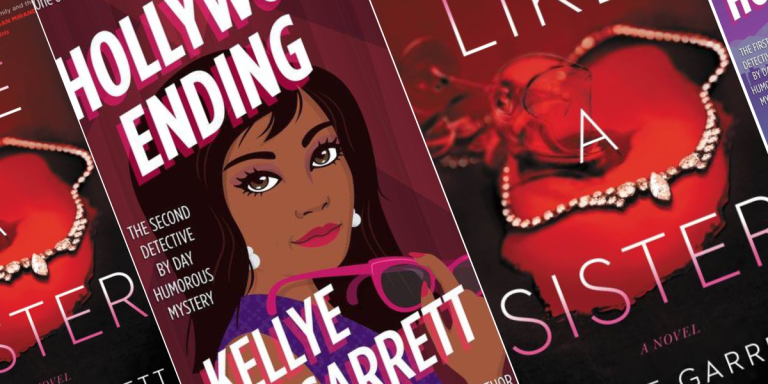How Crime Writers Use Unreliable Narrators to Add Suspense
 You’ve heard of unreliable narrators, especially in crime stories and suspense books. But what does it mean to be an unreliable narrator? And how do crime writers use unreliable narrators to add suspense?
You’ve heard of unreliable narrators, especially in crime stories and suspense books. But what does it mean to be an unreliable narrator? And how do crime writers use unreliable narrators to add suspense?
The term “unreliable narrator” was introduced in 1961 by Wayne C. Booth in his book The Rhetoric of Fiction. Typically, for a narrator to be unreliable, the story needs to be presented by a first-person narrator. And since first-person accounts of stories and events are often flawed and biased, you could argue that all first-person narrators are by nature unreliable. But Booth explains that for a narrator to be unreliable, they must either misreport, misinterpret, misevaluate, underreport, under-interpret, or under-evaluate. This can be on purpose or because of a misunderstanding, and we see this used in crime books and suspense books in many different ways.
In Pícaros, Madmen, Naīfs, and Clowns: The Unreliable First-person Narrator, William Riggan explores the different ways unreliable narrators work in fiction: The Picaro, The Madman, The Clown, the Naïf, and the Liar.
The Pícaro is an unreliable narrator who over-exaggerates (misreports) events for the purpose of bragging. This style of unreliable narrator is less common in crime fiction, mostly because narrators in crime fiction seem to like to hide things more than they overshare things. One non-crime fiction example that comes to mind, however, is Pi from Life of Pi. This narrator weaves a tall tale of adventure outlining how he survived being lost at sea, and by the end, the reader can’t be sure how much of the story actually happened and how much was exaggerated.
The Madman is unreliable because this narrator is dealing with mental trauma or mental illness that makes it impossible for them to interpret events accurately. For instance, consider someone like Rachel from Paula Hawkins’ The Girl on the Train, a narrator who is struggling with alcoholism and depression. This type of narrator adds suspense to the story because they too are often as uncertain of their own reality as the reader is. And so the reader goes along with the narrator on their journey of discovery. In a crime story, those discoveries can be nail-biting twists.
The Clown is a narrator who doesn’t take things seriously and so feels free to play with conventional storytelling practices. Think Amy Dunne in Gone Girl by Gillian Flynn, who plays with the readers’ expectations and understanding of conventions to get readers to side with her. These types of narrators work well in suspense books because we often don’t know they’re unreliable at first, and when we realize it, the revelation is shocking and makes us reassess everything we thought we understood about the story.
The Naïf is unreliable because they see the world from a childlike perspective, like Jack the five-year-old narrator of Room by Emma Donoghue. A narrator like Jack is navigating a frightening and new world while also attempting to escape his kidnapper, and so his narration of these events is particularly suspenseful from his wide-eyed perspective. Especially because we as readers often understand much more about what’s going on than Jack himself does.
Finally, the Lair. The Liar is the last type of unreliable narrator Riggan describes. A narrator who is a Liar purposefully lies about events or hides important information from the reader. A famous example of this is Dr. James Sheppard, the narrator of Agatha Christie’s The Murder of Roger Ackroyd. Although Christie’s novel came out in 1926, long before the term unreliable narrator had even been coined, there’s no denying this mystery novel is working with an unreliable narrator to build suspense. Dr. Sheppard at first seems to be a similar narrator to Watson from the Sherlock Holmes stories. In fact, Christie has said the Sheppard was modeled after Watson. However, as The Murder of Roger Ackroyd reaches its shocking conclusion, it becomes clear that Dr. Sheppard has secrets.
If you’re looking for more examples of crime stories and suspense books that use unreliable narrators well to create suspense, try the following titles. Yesterday by Felicia Yap is a thriller that features not one but four unreliable narrators who can’t remember what happened days ago. That memory loss becomes a real issue when a woman turns up dead. In The Stranger Inside by Laura Benedict, Kimber Hannon returns home to find her key doesn’t work and a man is there insisting that he lives there and has every right to be there. Who can Kimber trust? And can we as readers trust Kimber?
Unreliable narrators up the ante in suspense. These are just some novels that do it well, but if you read enough crime and suspense, you’ll find unreliable narrators everywhere.
By clicking 'Sign Up,' I acknowledge that I have read and agree to Hachette Book Group’s Privacy Policy and Terms of Use





